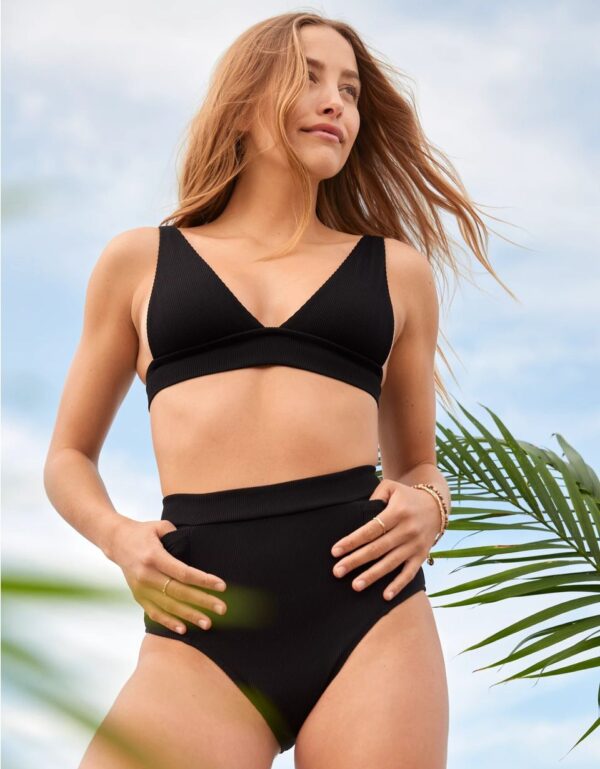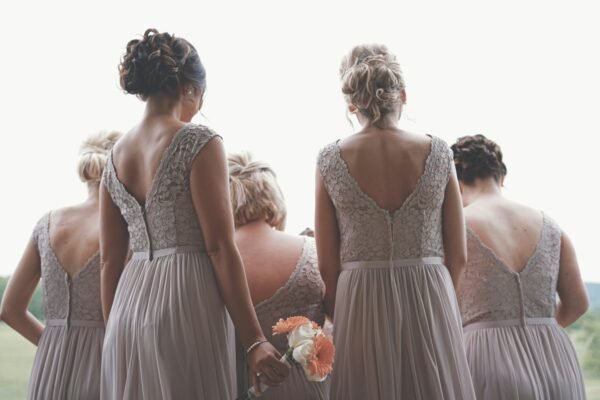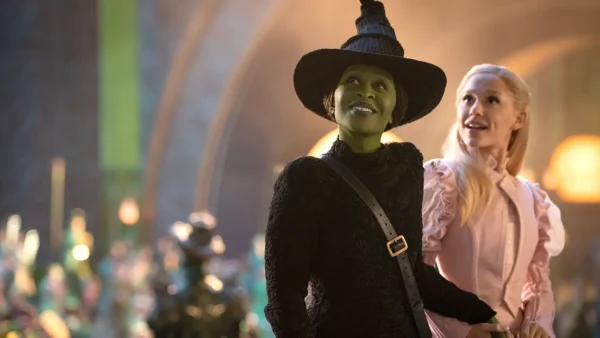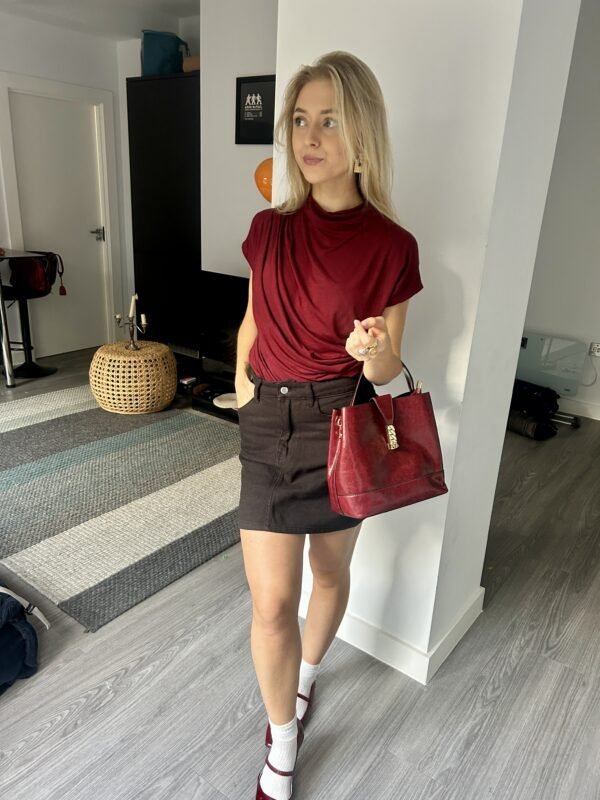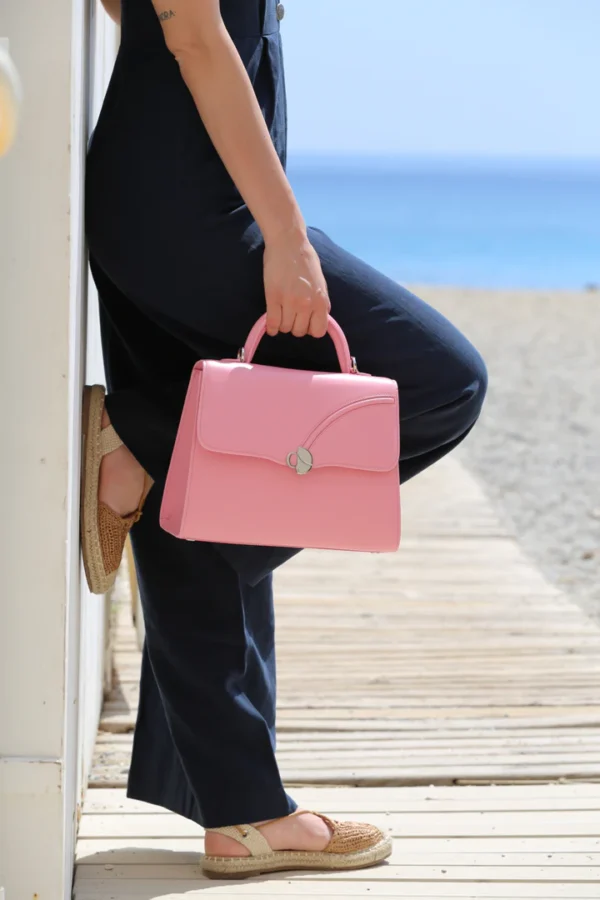5 Iconic Fashion Designers That Transformed Women’s Workwear
5 iconic fashion designers that transformed women’s workwear
What makes a fashion item iconic is not only how it changes the landscape of style but also the purpose that keeps it relevant for years to come. Those who essentially ‘invented’ the fundamental pieces of our wardrobe did so to meet a gap in the market or to resist social conventions. Items like the little black dress, women’s tailored two-piece suits and the white shirt have all won their place in a working wardrobe because they are reliable office-appropriate pieces that are easy to wear. Their versatile nature, combined with their fundamental function is what makes them iconic, as well as the designers who made them.
1. Coco Chanel – CHANEL
Prior to her position as the richest woman of her time, Chanel was simply a woman who wanted women to dress her way; so much so that her iconic pieces are the staples for any working wardrobe to this day. Doing away with the corset and placing an emphasis on trousers for women and re-branding black as a sophisticated colour reshaped women’s fashion in pushing for a more modern look. It was this that fed into her pursuit of the little black dress phenomenon, kindled further by Vogue’s endorsement in 1926. Contrasting monochrome with ropes of faux pearls, diamonds and her elegant white-flower-corsage known as the Camellia, all are universally flattering and so easy to wear; contributing to what is now known as ‘costume jewellery’ and the concept of minimalist dressing.
Chanel’s vision of how modern women should look was fuelled by her own lifestyle. A bottle of Chanel No.5 sells every 55 seconds because like the little black dress, quilted flat shoes, the Breton top and the tweed jacket, Chanel’s designs embodied the idea that simplicity is the secrete to elegance. It’s a rule that is often overlooked with workwear, bit it’s never too late to dust it off and start over. After all, it made Chanel’s personal net-worth reach $ 19 bn in 1970.
2. Diane Von Furstenberg – DVF
For a woman who was raised on the theory that ‘fear is not an option’, Diane Von Furstenberg has hit the target in giving women a workwear staple. The wrap dress; thin, light, delicate, a basic item that stood out on the body by a mile in an age of aesthetic extravagance. Much like Furstenberg, who always wanted to be financially independent, the dress offered the wearer liberation, contorting around the body to flatter and available in a range of patterns and colours to reflect Furstenberg’s vibrant personality. It respected the female form without flaunting it excessively and made the wearer ‘feel like a woman’ – the same slogan scribbled across the size of the box in Furstenberg first print advert.
The beauty of good dress is that it’s convenient – a get-up-and-go answer to dressing every morning. Furstenberg was always aware of how different her designs were at the time, but they offered women a quick and instant outfit, that made them feel, ‘absolutely smashing’ according to Diane Vreeland. The dress may not be everyone’s tastes, but on a rushed day or when you need a depend on comfort, it’s a non-negotiable win.
3. Donna Karan – Donna Karan & DKNY
Donna Karan designed for women with the belief that that if she needed a certain item in her wardrobe, ‘so did every other woman’.
Liberation is a common theme in reinventing the fashion landscape and Karan is no exception. Her famous ‘Essentials’ line was the gateway into the ‘mix-and-match’ concept that so many workwear and tailored items are part of in dressing for work today. It gave working women more alternatives in body-conscious clothing, a stark contrast from the Eighties’ Power Suit, shoulder pads and unflattering tailored pieces that attempted to mimic menswear. Karan’s pieces also relied on more fabrics that were comfortable for women, both in the office and at home, such as opaque tights, lycra and jersey dresses. Easily worn and integrated into any wardrobe, the collection sold $ 15 million in its first year.
4. Gaby Aghion – Chloe
Another rebel of her time, Gaby Aghion’s fashion brand Chloe was founded on a want to move away from the stiff formality of 1950s fashion. Haute couture was the norm in fashion producing and Aghion wanted to combine both sides of fashion; comfort, quality and style, what is now know as ‘pret-a-porter de luxe’. The demand for youthful and feminine clothes that weren’t restricted by the physical limitations of couture needed to be met with something in the middle. Aghion did so with her preference for fine fabrics such as chiffon, produced in midnight blue and the now unmistakable rose-tinted beige. Contrasting it with her love for the geometric and art-deco patterns made the brand all the more modern for the Fifties.
Phoebe Philo’s resurrection of the brand was its reaffirmation of bohemian style, making Chloe ‘the hottest invite at Paris Fashion Week’ but with far more pieces to bring it out at the noughties. A collection of baby-doll dresses, high-waited jeans and wooden wedges has now moved to waistcoats, sumptuous tailoring and the perfect scalloped-trim shirt that has place in every working wardrobe. The perfect blend of rose-beige is still an iconic exclusive to Chloe and it still retains the same elegance it did in 1952 – a long way from the unofficial first ‘It bag’. The Paddington and its distintive chunky padlock.
5. Phoebe Philo – Celine
Phoebe Philo is the woman who made Celine the cult label that it is today; the woman that ‘knows what women want’ according to Tim Blanks. Considered the ultimate brand for intelligent, wealthy women, the sleek and minimal approach to workwear makes up a good portion of what can be considered office appropriate. Having already made a name for herself at Chloe, Philo transformed Celine in the same way, but building son a completely different bank of ideas. Leaving embellished femininity behind, Celine was revived with minimalism, sharp tailoring and chic neutral palates, flittering between abstract shapes and artistic cuts, complete with slouchy, shapeless leather handbags. Celine is a tale of two personalities – the elegant, sophisticated working woman and the abstract aesthetic that only an creative mind could appreciate.
Most credit Philo’s work with Celine as the product of her three-year hiatus from fashion altogether. Returning, to win the CFDA International Designer of the Year in 2011 and British Designer of the Year twice over from the British Fashion Council. What Philo has done is built a brand that is sophisticated by association, rather than a logo, because now wearing Celine is considered a subtle statement of power as well as a sign of good taste.
Special thanks to Silkarmour.co.uk for partnering with us on this post!







